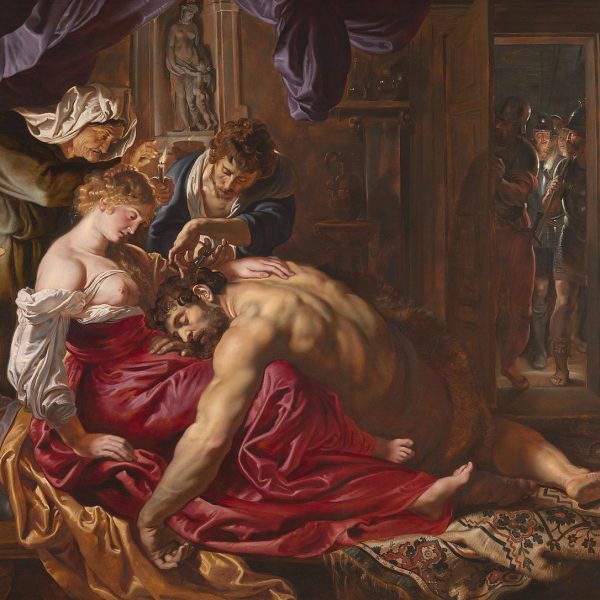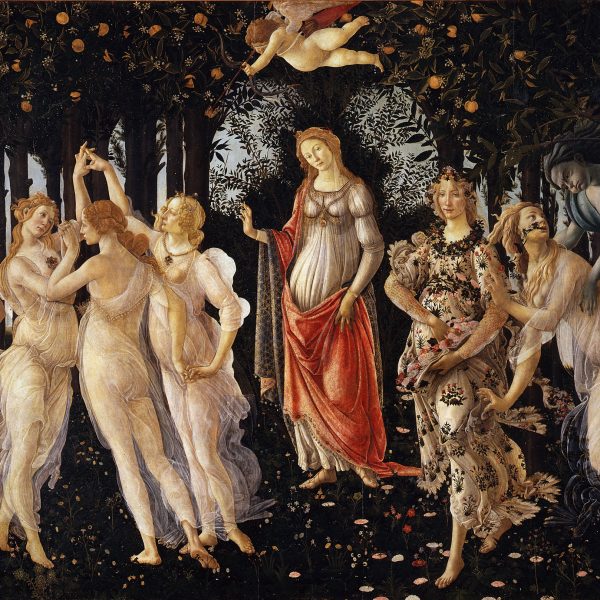OLYMPIA – MANET
Manet’s Olympia caused a great shock, stirred the art community and received a great deal of negative reaction upon its first public display in Paris, 1865. The conservative academic critics of the period considered it vulgar, degenerate and even immoral. Nevertheless, the source of inspiration of Manet was a classic Renaissance piece of Titian: Venus of Urbino, which the critics would consider as flawless. At first glance, due to the similar reclining nude pose, the resemblance between the two paintings is obvious. Under these circumstances, what was it that provoked the critics to react badly to this painting despite it was inspired from a classic piece?
During the history of art, the reclining nude figure has been a very popular subject in many classic paintings like Titian’s. The reclining figure may sometimes be a goddess (generally Venus), or sometimes an odalisque. It was also quite common to see a maid beside the nude figure, just like in Olympia. However, the shocking aspect of Olympia for the conservatives of the period, was not the stark contrast between the nude woman and the clothed black maid. Despite fitting all classic definitions and being inspired from a masterpiece, the painting was provocative and that provocativeness originated from the fact that the nude woman was not a goddess but a prostitute.
The Parisians of the period were pretty conservative on subjects of sexuality. The prostitution existing within the society was disregarded by upper classes and it was even considered to be completely unacceptable to speak about it. Therefore, Olympia was a great scandal just because of the concept it brought forward.
Manet, wanted Olympia to be symbol of upper class eroticism, not an ordinary, cheap prostitute. The details in the painting were chosen carefully to indicate that to the viewer of that period. The orchid in Olympia’s hair, her pearl earrings, bracelet and the oriental shawl she lies on makes her quite extraordiary and exquisite. Despite that, the black ribbon around her neck contrasting with her pale white body and her randomly cast-off slipper increases the intensity of the voluptousness in the painting and proves that the naked woman is definitely not an upper class lady.
Olympia and Titian’s painting have an important difference between the poses. Titian’s Venus holds her gracefully curved hand above her crotch, while Olympia, with a very confident attitude, blocks her crotch with her hand, showing she protects it. Declaring her independence, she gazes directly in the eyes of the viewer, almost agressively, and emphasizes her domination over the place. Olympia looks as if she tells the viewer: “I am the sole owner of myself. Only if I permit, and to the extent I offer you can buy me”.
Another difference with the Urbino Venus is the pet at the end of the bed. Manet replaced the dog, the symbol of loyalty, with a black cat, the symbol of prostitution. Moreover, while the dog is sleeping in peace, the cat is depicted pretty aggressive.
Olympia disdainfully ignores the flowers presented to her by the maid. The flowers are probably sent by a client, in fact, it is plausible that the client has just entered Olympia’s room unexpectedly and has drawn her attention.
The broad and quick brushstrokes of Manet eliminates the mid-tones in the painting and provides a shallow depth. This unlikely method was developed due to Manet’s opposition towards the classic methods of the French Fine Arts Academy. Owing to this technique, instead of creating an idealized goddess of beauty, Manet reflected a “real” woman shown with all her imperfections under harsh lighting. The most impressive aspect of the painting is that how Manet originates from a classic ideal and distorts it into a new standard of beauty. Synthesizing the symbols of existence, grace and beauty with an “immoral” and unidealised subject shows the daring nature of Manet. Deeply inspired many artists after Manet, Olympia is considered as the first avant garde nude of the art history.
Location: Museé d’Orsay, Paris
Date: 1863
Period: 19th Century
Movement: Realism




